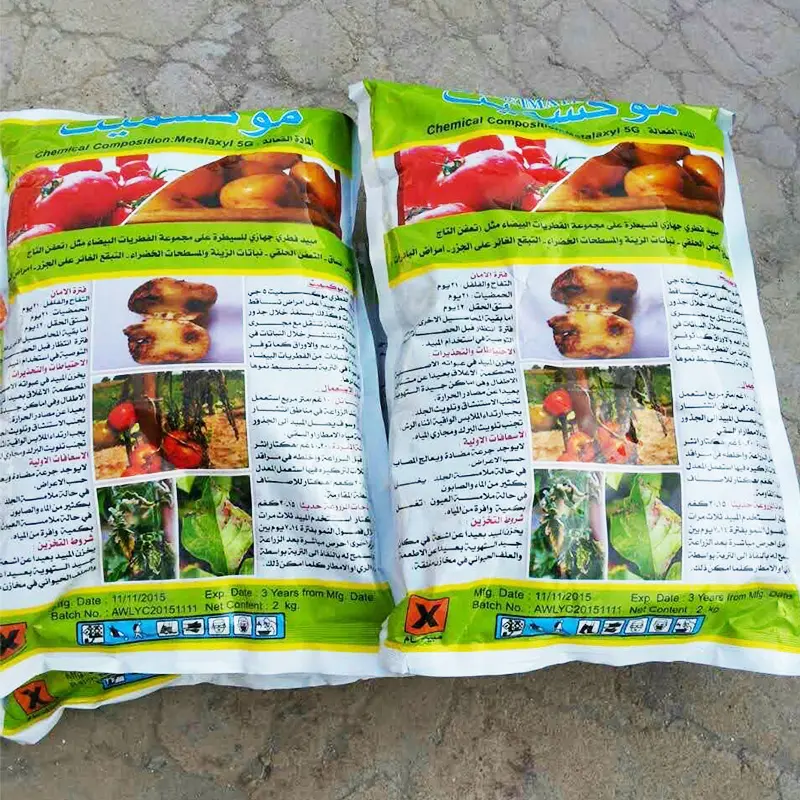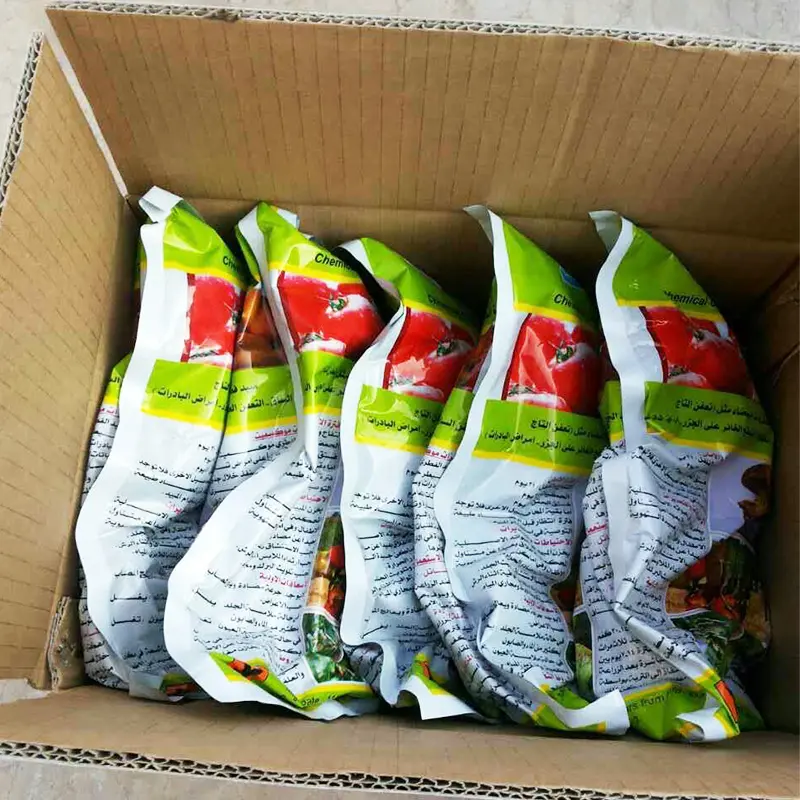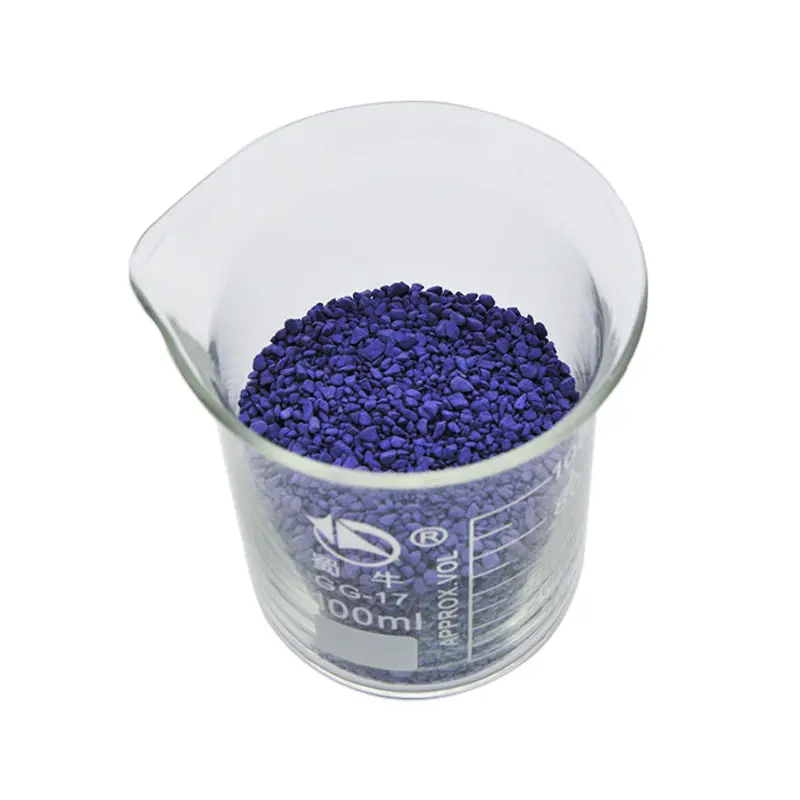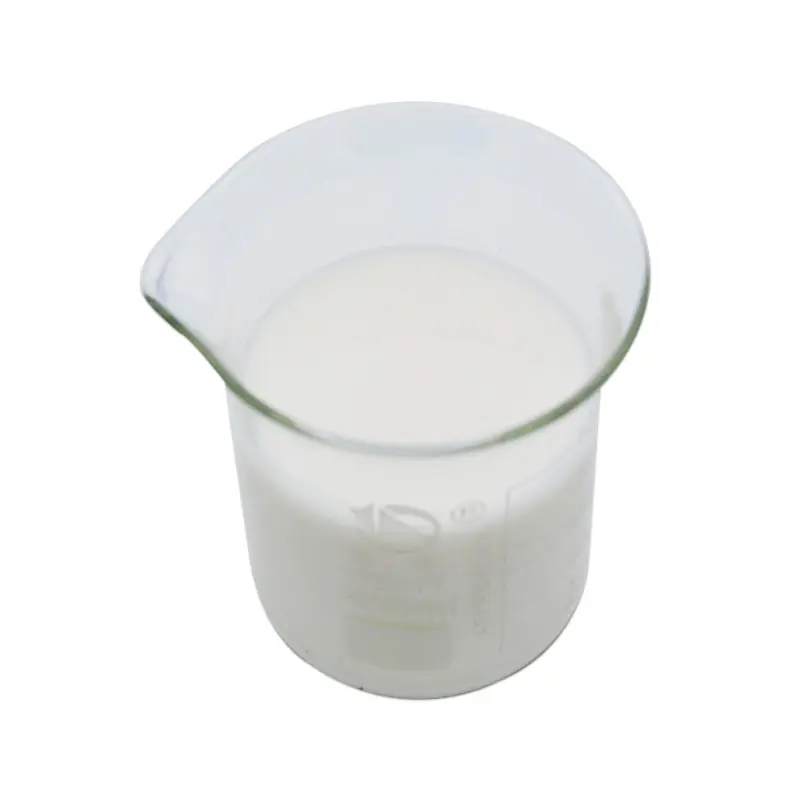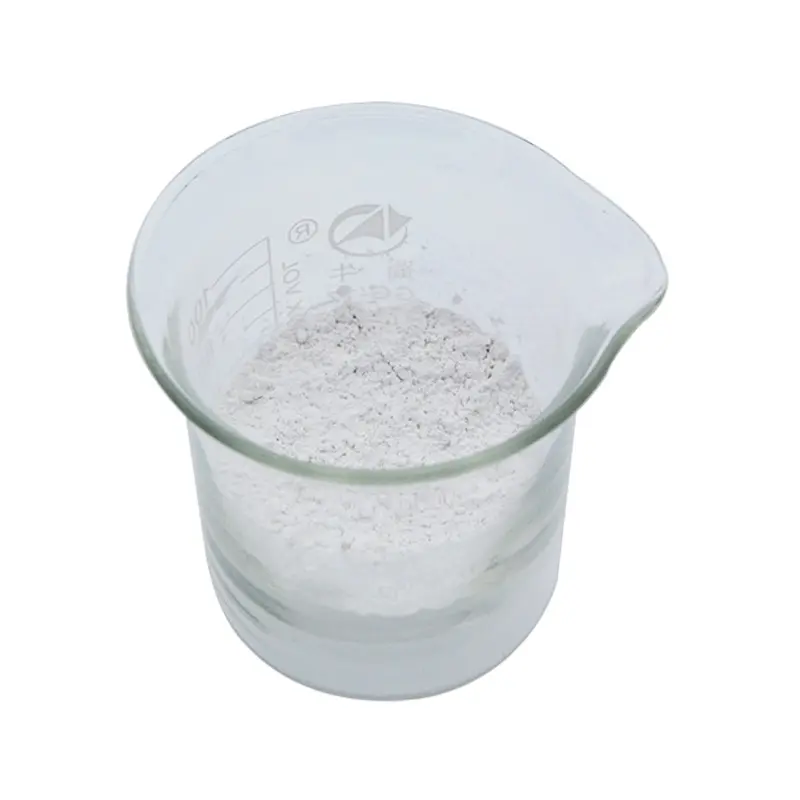Metalaxyl Fungicide: Detailed Insights and Applications
1. What is Metalaxyl Fungicide and Its Uses?
Metalaxyl is a systemic fungicide used to manage fungal diseases caused by oomycetes, such as Phytophthora, Pythium, and downy mildew. It is widely applied in agriculture due to its reliable efficacy and versatility.
Key Uses:
- Seed Treatment:
- Prevents damping-off and root rot in seedlings.
- Ensures strong early crop establishment.
- Foliar Application:
- Controls diseases like downy mildew in grapes and cucumbers.
- Protects leaves, stems, and other above-ground parts.
- Soil Drenching:
- Treats root and crown rots in ornamentals, vegetables, and fruits.
Common Crops:
- Vegetables: Tomatoes, cucumbers, potatoes, and peppers.
- Fruits: Grapes, citrus, and berries.
- Field Crops: Soybeans, cotton, and peanuts.
- Ornamentals: Flowers and nursery plants.
2. How Does Metalaxyl Work (Mode of Action)?
Metalaxyl’s systemic mode of action allows it to penetrate plant tissues and move internally, providing protection to both treated and untreated parts. Its effectiveness lies in its ability to disrupt RNA synthesis in fungal cells.
Mode of Action:
- RNA Polymerase Inhibition:
- Metalaxyl inhibits the enzyme responsible for RNA production, halting protein synthesis in oomycete fungi.
- Fungal Growth Suppression:
- Prevents spore germination, cell division, and the spread of infection.
- Systemic Movement:
- Translocates through xylem tissues, protecting the entire plant.
3. Differences Between Metalaxyl and Metalaxyl-M (Mefenoxam)
Metalaxyl and Metalaxyl-M share similar functionality but differ in their isomer composition and efficiency.
Key Differences:
- Metalaxyl: A racemic mixture of R- and S-isomers.
- Metalaxyl-M (Mefenoxam): Contains only the R-isomer, which is more biologically active.
Implications:
- Efficacy: Metalaxyl-M is more effective at lower doses.
- Environmental Impact: Metalaxyl-M has a reduced environmental footprint due to smaller application requirements.
- Usage Preference: Metalaxyl is widely used in general applications, while Metalaxyl-M is preferred for targeted high-efficiency treatments.
4. Metalaxyl Combination Formulations
Metalaxyl is often combined with other fungicides to enhance its spectrum and efficacy. One of the most common combinations is Metalaxyl + Mancozeb.
Metalaxyl + Mancozeb:
- Metalaxyl:
- Provides systemic action, targeting oomycetes internally.
- Mancozeb:
- Offers contact protection by creating a chemical barrier on plant surfaces.
Applications:
- Potatoes and Tomatoes:
- Controls early and late blights.
- Grapes:
- Effective against downy mildew.
- Vegetables:
- Manages fungal pathogens in cucumbers, eggplants, and peppers.
5. Metalaxyl CAS Number and Technical Details
- CAS Number: 57837-19-1.
- Chemical Classification: Phenylamide fungicide.
- Formulations:
- Metalaxyl 35 WS: Specifically designed for seed treatment to protect against soil-borne pathogens.
- Metalaxyl SC and EC: Used in foliar and soil applications.
6. Benefits of Metalaxyl Fungicide
- Broad-Spectrum Efficacy:
- Targets oomycete fungi across various crops and environments.
- Systemic Action:
- Moves through plant tissues for complete internal protection.
- Versatile Applications:
- Can be used for seed treatment, soil drenching, and foliar spraying.
- Resistance Management:
- Often combined with multi-site fungicides like mancozeb to prevent resistance.
- Cost-Effectiveness:
- Reliable protection with fewer applications, saving time and resources.
7. Best Practices for Using Metalaxyl
Application Tips:
- Timing:
- Apply before infection for preventive control.
- Use at the first sign of disease for curative action.
- Dosage:
- Follow product label recommendations, typically ranging from 1.0–2.0 kg/ha.
- Reapplication:
- Repeat every 10–14 days during periods of high disease pressure.
Precautions:
- Avoid overuse to prevent resistance development.
- Perform a jar test when mixing with other products to ensure compatibility.
- Wear appropriate protective equipment during application.
Conclusion
Metalaxyl is a fungicide for the control of fungal diseases caused by oomycetes. It is the fungicide of choice for cash crops due to its systemic nature, broad effectiveness and adaptability. Whether used alone or in combination with fungicides such as mancozeb, metalaxyl provides effective disease management in crops for agricultural producers worldwide. By following recommended use guidelines and maximizing its benefits, growers can promote healthier crops and better harvests.
1. What is Metalaxyl Fungicide and Its Uses?
Metalaxyl is a systemic fungicide used to manage fungal diseases caused by oomycetes, such as Phytophthora, Pythium, and downy mildew. It is widely applied in agriculture due to its reliable efficacy and versatility.
Key Uses:
- Seed Treatment:
- Prevents damping-off and root rot in seedlings.
- Ensures strong early crop establishment.
- Foliar Application:
- Controls diseases like downy mildew in grapes and cucumbers.
- Protects leaves, stems, and other above-ground parts.
- Soil Drenching:
- Treats root and crown rots in ornamentals, vegetables, and fruits.
Common Crops:
- Vegetables: Tomatoes, cucumbers, potatoes, and peppers.
- Fruits: Grapes, citrus, and berries.
- Field Crops: Soybeans, cotton, and peanuts.
- Ornamentals: Flowers and nursery plants.
2. How Does Metalaxyl Work (Mode of Action)?
Metalaxyl’s systemic mode of action allows it to penetrate plant tissues and move internally, providing protection to both treated and untreated parts. Its effectiveness lies in its ability to disrupt RNA synthesis in fungal cells.
Mode of Action:
- RNA Polymerase Inhibition:
- Metalaxyl inhibits the enzyme responsible for RNA production, halting protein synthesis in oomycete fungi.
- Fungal Growth Suppression:
- Prevents spore germination, cell division, and the spread of infection.
- Systemic Movement:
- Translocates through xylem tissues, protecting the entire plant.
3. Differences Between Metalaxyl and Metalaxyl-M (Mefenoxam)
Metalaxyl and Metalaxyl-M share similar functionality but differ in their isomer composition and efficiency.
Key Differences:
- Metalaxyl: A racemic mixture of R- and S-isomers.
- Metalaxyl-M (Mefenoxam): Contains only the R-isomer, which is more biologically active.
Implications:
- Efficacy: Metalaxyl-M is more effective at lower doses.
- Environmental Impact: Metalaxyl-M has a reduced environmental footprint due to smaller application requirements.
- Usage Preference: Metalaxyl is widely used in general applications, while Metalaxyl-M is preferred for targeted high-efficiency treatments.
4. Metalaxyl Combination Formulations
Metalaxyl is often combined with other fungicides to enhance its spectrum and efficacy. One of the most common combinations is Metalaxyl + Mancozeb.
Metalaxyl + Mancozeb:
- Metalaxyl:
- Provides systemic action, targeting oomycetes internally.
- Mancozeb:
- Offers contact protection by creating a chemical barrier on plant surfaces.
Applications:
- Potatoes and Tomatoes:
- Controls early and late blights.
- Grapes:
- Effective against downy mildew.
- Vegetables:
- Manages fungal pathogens in cucumbers, eggplants, and peppers.
5. Metalaxyl CAS Number and Technical Details
- CAS Number: 57837-19-1.
- Chemical Classification: Phenylamide fungicide.
- Formulations:
- Metalaxyl 35 WS: Specifically designed for seed treatment to protect against soil-borne pathogens.
- Metalaxyl SC and EC: Used in foliar and soil applications.
6. Benefits of Metalaxyl Fungicide
- Broad-Spectrum Efficacy:
- Targets oomycete fungi across various crops and environments.
- Systemic Action:
- Moves through plant tissues for complete internal protection.
- Versatile Applications:
- Can be used for seed treatment, soil drenching, and foliar spraying.
- Resistance Management:
- Often combined with multi-site fungicides like mancozeb to prevent resistance.
- Cost-Effectiveness:
- Reliable protection with fewer applications, saving time and resources.
7. Best Practices for Using Metalaxyl
Application Tips:
- Timing:
- Apply before infection for preventive control.
- Use at the first sign of disease for curative action.
- Dosage:
- Follow product label recommendations, typically ranging from 1.0–2.0 kg/ha.
- Reapplication:
- Repeat every 10–14 days during periods of high disease pressure.
Precautions:
- Avoid overuse to prevent resistance development.
- Perform a jar test when mixing with other products to ensure compatibility.
- Wear appropriate protective equipment during application.
Conclusion
Metalaxyl is a fungicide for the control of fungal diseases caused by oomycetes. It is the fungicide of choice for cash crops due to its systemic nature, broad effectiveness and adaptability. Whether used alone or in combination with fungicides such as mancozeb, metalaxyl provides effective disease management in crops for agricultural producers worldwide. By following recommended use guidelines and maximizing its benefits, growers can promote healthier crops and better harvests.

